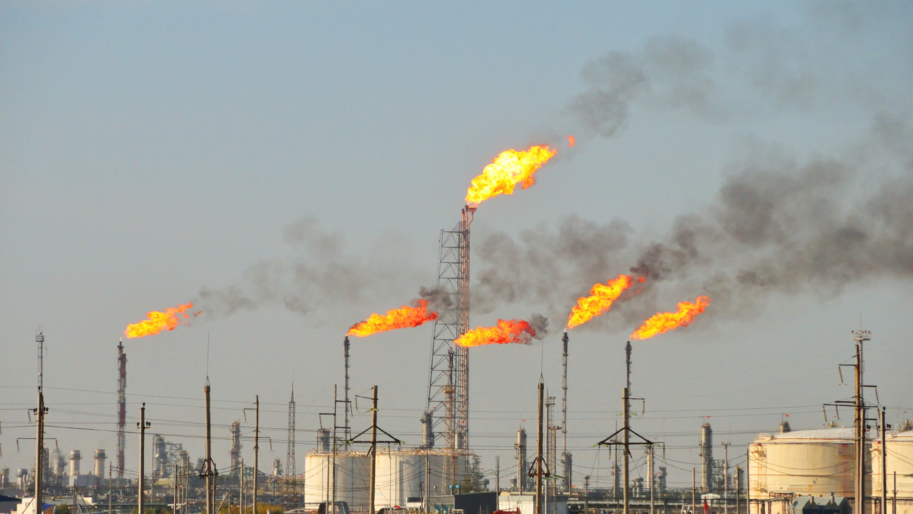New satellite data shows the United States is releasing more methane despite pledges to cut back. Cutting methane emissions is one of the fastest ways to slow the climate crisis as this planet-heating gas is roughly 80 times more powerful than carbon dioxide.
Across California, methane is released intentionally via flaring and venting at oil and gas operations and unintentionally via leaks from pipelines, idle oil and gas wells, dairies, and landfills. As temperatures rise, wetlands and melting permafrost also release methane.
In 2021, the United States joined 158 countries in signing the Global Methane Pledge, which set a target of reducing global, man-made methane emissions by 30 percent from 2020 levels within a decade. Yet the concentration of this climate pollutant in the atmosphere is now more than two-and-a-half times higher than pre-industrial levels and two-thirds of those emissions are man-made.
In 2016, the state legislature passed SB 1383 requiring California to reduce methane emissions 40 percent below 2013 levels by 2030. But emissions from oil and gas operations continue. Methane emissions from factory farms across the state are actually rising due to perverse incentives to create pollution. Dairy farms are handsomely rewarded for capturing methane from their manure lagoons and turning it into “renewable” methane gas. The California Air Resources Board (CARB) is currently revising these regulations. The Climate Center and several partners provided feedback on related regulations to CARB in September and a decision is expected on November 8.
The good news is that methane dissipates from the atmosphere in roughly 12 years, unlike carbon dioxide, which lasts centuries to millennia. That means plugging methane leaks in oil and gas operations is an effective way to slash climate pollution quickly. Two new California laws that The Climate Center supported through the legislature will help. AB 1167 (Carrillo) requires bonds for orphan oil and gas wells to ensure funding to plug them and AB 1866 (Hart) accelerates the timeline for closure of idle wells.
Slashing methane pollution is essential to buying time for the climate. The Climate Center will continue to pressure regulators and lawmakers to implement policies that rapidly reduce methane and other climate pollutants. To see ways you can take climate action, click here.
This blog first appeared in The Climate Center’s bi-weekly newsletter. To keep up with the latest climate news and ways to take action for a climate-safe future, subscribe today!


